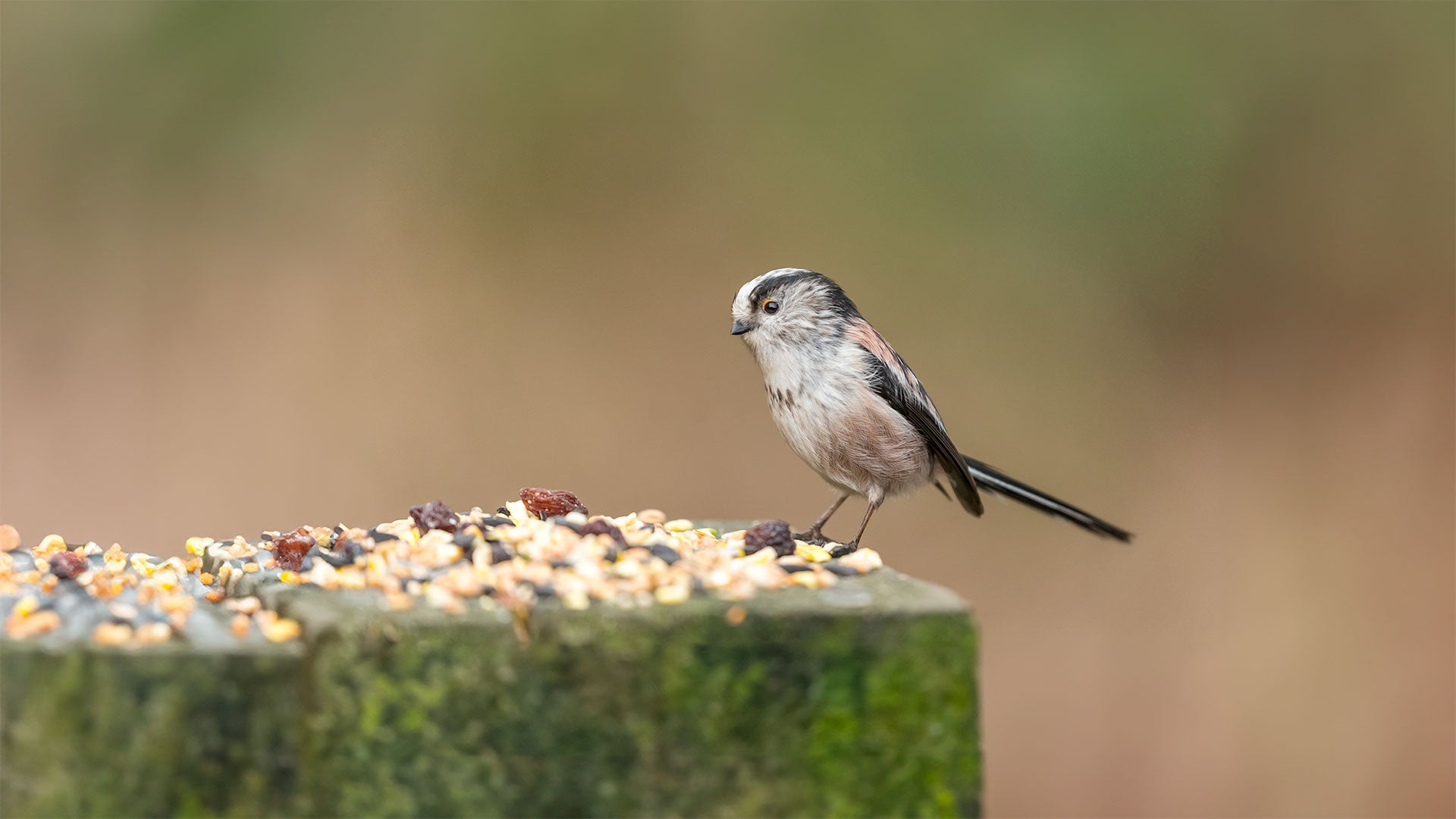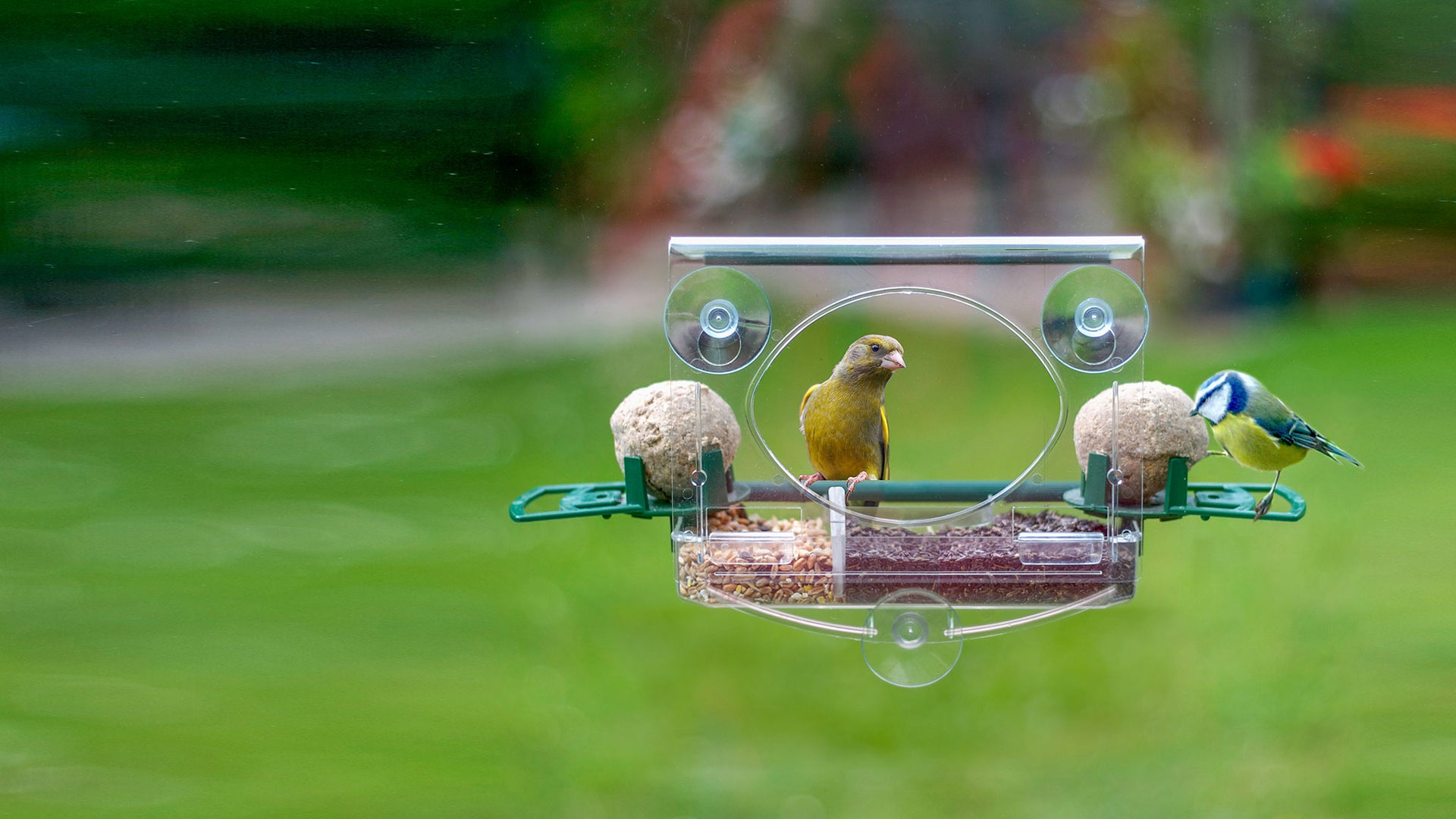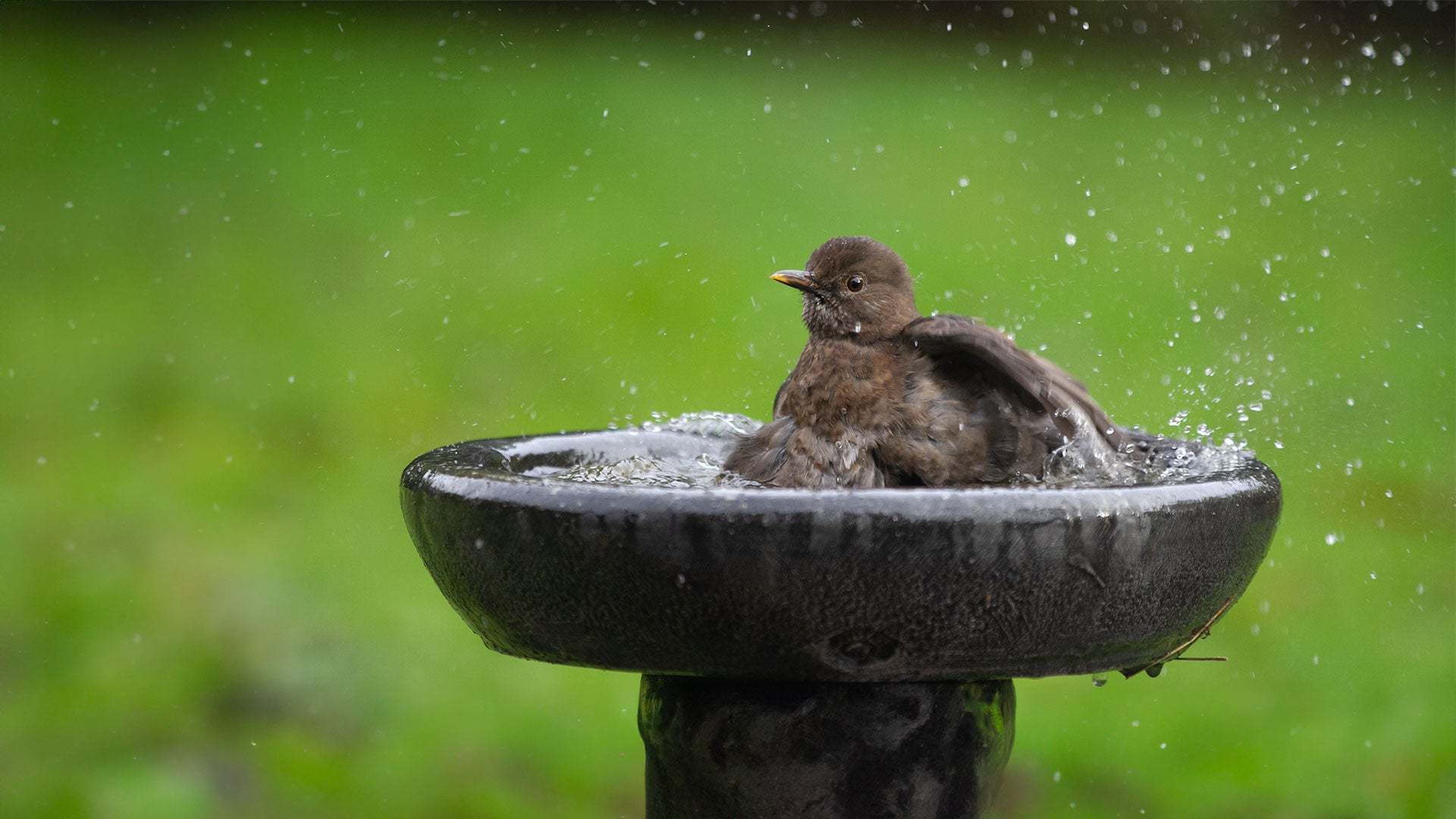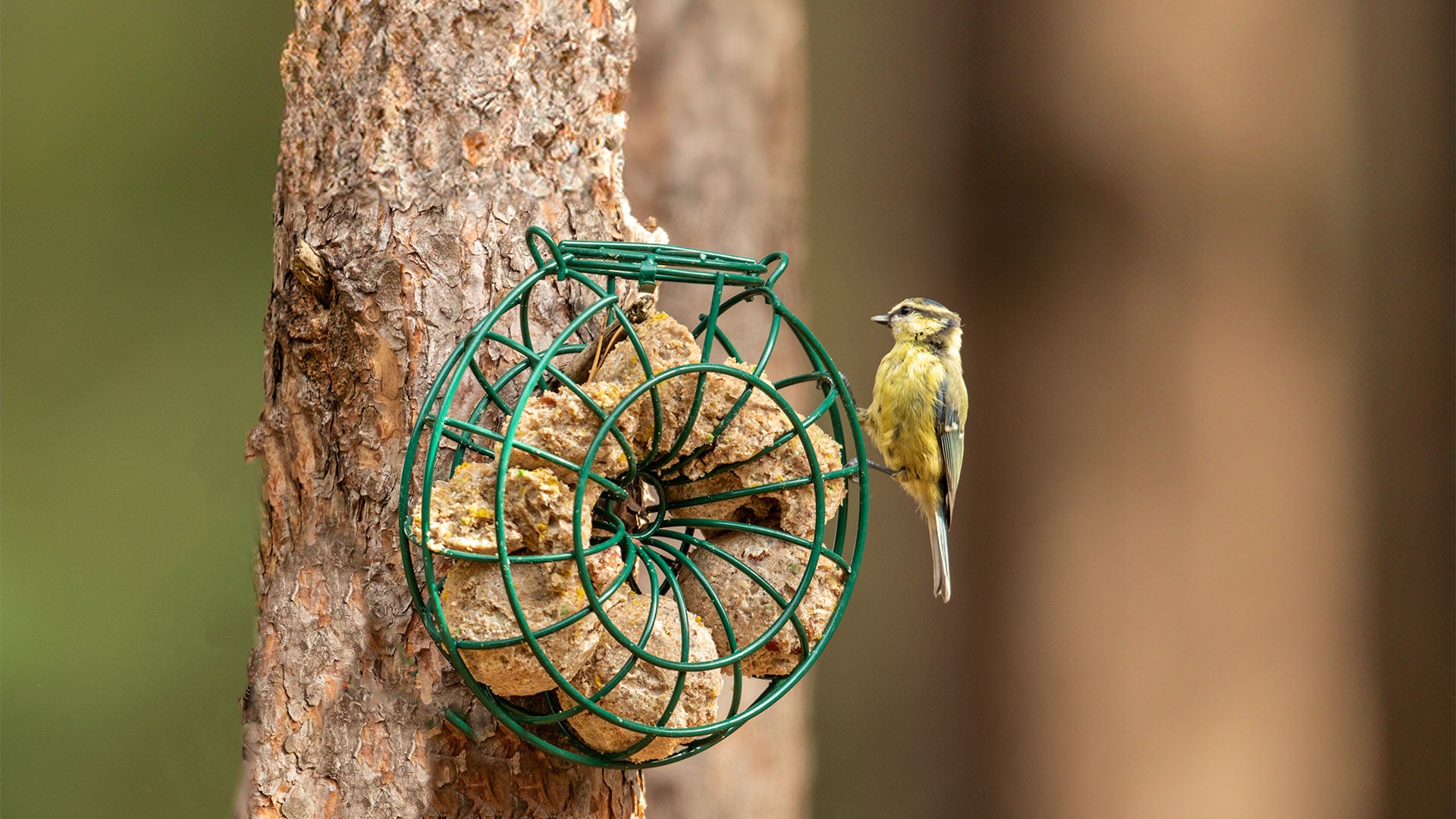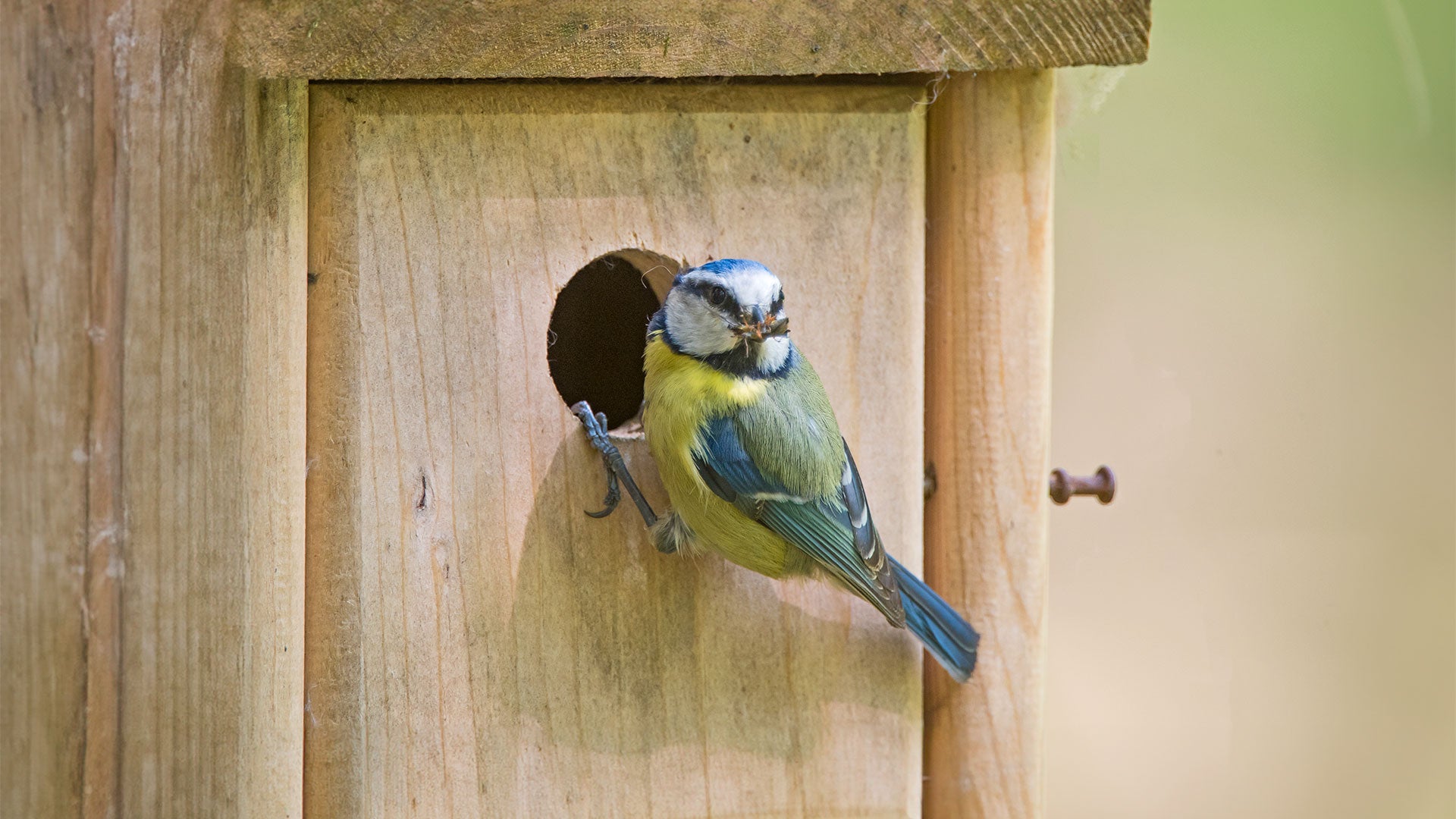The lesser spotted woodpecker is the smallest of the three woodpeckers present in the UK. It's the size of a sparrow, and while rare, they will visit gardens to feed on peanuts, fat and suet.
What does a Lesser Spotted Woodpecker look like?
Length: 14 cm
The Lesser Spotted Woodpecker is the smallest found in Europe. They are about the size of a hedge sparrow. They have a dirty white or slightly brown forehead. The crown is red in the male and off-white in the female, the young of both sexes have little red on the heads. The under parts of the adults are white with some dark streaks on the flanks. Upper parts are boldly barred to form a ‘ladder back’, in black and white. They tend to spend more time in the canopy of trees than their larger cousins.

How big is a lesser spotted woodpecker?
The smallest of the three common types of woodpecker in the UK, the lesser spotted woodpecker is around 15cm in length. This makes it about the same size as a common house sparrow.
What is the difference between a greater and lesser spotted woodpecker?
Greater spotted woodpeckers are noticeably larger than lesser spotted woodpeckers – tending to be about the same size as a starling or blackbird. They have a crimson patch under their tail, spotted wings and a black and white back. In contrast, a lesser spotted woodpecker is only about the size of a chaffinch or sparrow, with black and white stripes on the back and no red under the tail. Male lesser spotted woodpeckers also have a red patch on the top of the head which helps to differentiate them from females.
What does a lesser spotted woodpecker sound like?
Their call is a repeated shrill of ‘kee-kee-kee’.
When and where do lesser spotted woodpeckers nest?
Breeding starts from early May. They nest in holes in trees, usually soft decayed wood. Sometimes they may bore a hole in a side branch. Both adults bore the hole, which consists of a tunnel about 3cms in diameter which curves down to an elongated chamber.
Four to six eggs are laid (sometimes three to eight). They are thin shelled, glossy white. Both sexes incubate, the male sitting at night, for fourteen days. Both tend the young, which hatch naked, feeding them with insects brought in the bill until they leave the nest after about three weeks.
Lesser spotted woodpecker habitat
Lesser spotted woodpeckers are one of the UK’s most rapidly declining bird species. There are only a few thousand pairs left in the country and they tend to be most commonly sighted around Northumberland and Cumbria. They prefer areas with mature woodland, such as parks and orchards with a number of old trees.
What do lesser spotted woodpeckers eat?
Larvae of wood-boring insects and other invertebrates (especially spiders). Will rarely eat fruits.
What to feed lesser spotted woodpeckers in the garden?
Where should you feed lesser spotted woodpeckers?
Feeders – Ideally above 1m in height
Table – Open topped
Ground – Scattered around trees
How long do Lesser Spotted Woodpeckers live?
They can live up to 7 years, with the longest recorded lifespan being 6 years, 4 months and 9 days set in 2010.
Where do Lesser Spotted Woodpeckers go in the winter?
Lesser spotted woodpeckers are all-year-round residents, with the best time to spot them being later winter to early spring when the trees are bare.
Where do Lesser Spotted Woodpeckers sleep?
These birds will roost in tree cavities at night.
How to attract Lesser Spotted Woodpecker to your garden?
It can be rare for a lesser spotted woodpecker to visit a garden feeder, but if present in your area, you can try to encourage this bird by offering peanuts and suet fats.

